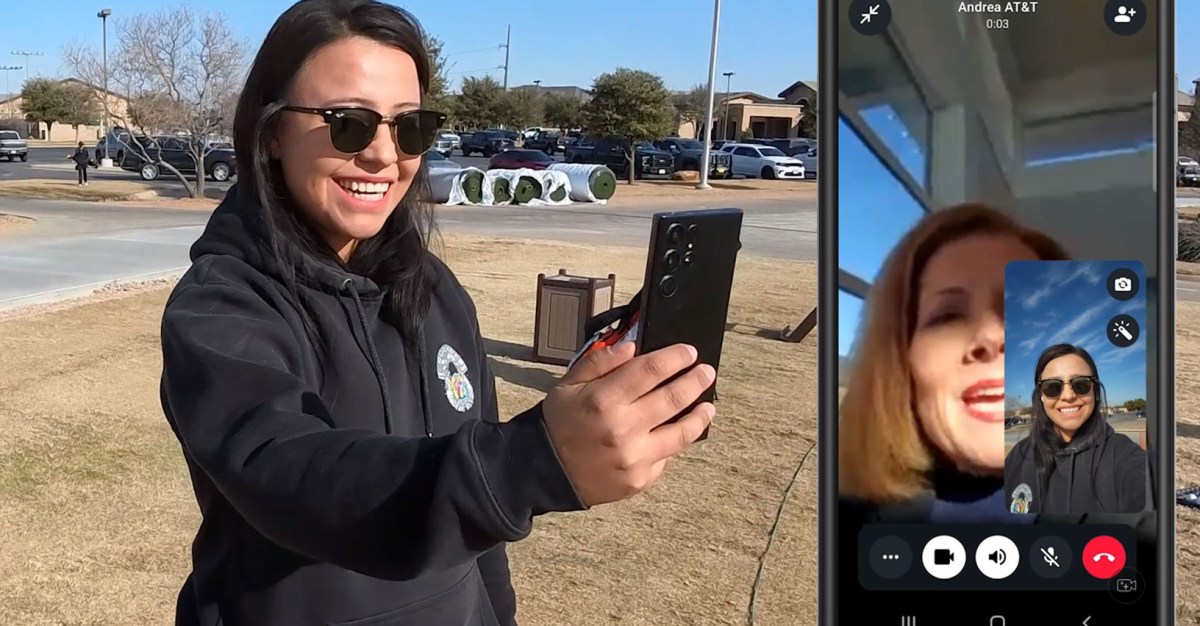Pioneering Connectivity: The Dawn of Cellphone-to-Satellite Video Calls
In a groundbreaking move that marks a significant leap forward in telecommunications, AT&T and Verizon have successfully achieved the first cellphone-to-satellite video calls. This pioneering connectivity opens up a new realm of possibilities in communication, bridging the gap for users in remote areas and enhancing connectivity for various industries. As we delve into the implications of this remarkable advancement, it becomes clear that the future of communication is not just about connectivity but about transforming the way we interact across vast distances.
The Significance of Cellphone-to-Satellite Video Calls
Cellphone-to-satellite video calls represent a technological triumph that transcends traditional mobile communication methods. For decades, satellite communication has been a critical component in various fields, from agriculture to emergency response. However, the ability to conduct seamless video calls from a cellphone to a satellite is a game-changer. Here are several key implications:
- Enhanced Communication in Remote Areas: One of the most significant advantages of this technology is its potential to connect people in remote locations where terrestrial networks are unreliable or nonexistent. Rural communities, mountainous regions, and isolated islands can finally enjoy the benefits of real-time video communication.
- Improved Emergency Response: In times of crisis, such as natural disasters, having immediate access to satellite communication can save lives. Emergency services can coordinate efforts more effectively, providing crucial information and support to those in need.
- Transforming Business Operations: Industries such as agriculture, mining, and maritime can leverage satellite video calls to enhance operations. Remote monitoring, on-site consultations, and training can all be conducted through high-quality video, reducing the need for travel and increasing efficiency.
How It Works: The Technology Behind Cellphone-to-Satellite Video Calls
The technology enabling cellphone-to-satellite video calls is a sophisticated blend of advancements in both satellite and mobile communication systems. Let’s unpack how this innovative approach functions:
- Satellite Networks: Modern satellite constellations, such as those deployed by SpaceX’s Starlink, Amazon’s Project Kuiper, and others, utilize low Earth orbit (LEO) satellites. These satellites provide low-latency communication, making video calls more feasible.
- Cellphone Compatibility: With advancements in smartphone technology, devices are now equipped with the necessary hardware and software to send and receive signals from satellites. This includes integrated chipsets that can handle satellite communication protocols.
- Data Compression Technologies: To facilitate video calls over satellite connections, data compression techniques are employed. These technologies ensure that video quality remains high while minimizing bandwidth usage, which is crucial for satellite transmissions.
Challenges and Considerations
While the dawn of cellphone-to-satellite video calls is exciting, it’s essential to consider the challenges that come with it:
- Infrastructure Investment: Significant investments are required to develop and maintain the satellite infrastructure. Both AT&T and Verizon will need to ensure that their systems are robust and reliable to handle increased demand.
- High Costs: The costs associated with satellite communication can be higher than traditional cellular networks. This may lead to increased pricing for consumers and businesses that wish to utilize this technology.
- Regulatory Hurdles: The deployment of satellite communication systems often encounters regulatory challenges. Navigating these laws and regulations can be complex and time-consuming.
The Impact on Various Industries
The introduction of cellphone-to-satellite video calls is poised to impact several industries significantly:
- Agriculture: Farmers in remote areas can access real-time weather updates, conduct consultations with agronomists, and monitor crops using video feeds, enabling them to make informed decisions.
- Healthcare: Telemedicine is set to gain a new dimension. Doctors can conduct remote consultations with patients in hard-to-reach areas, improving access to healthcare services.
- Entertainment and Media: Content creators can broadcast live events or conduct interviews from remote locations, expanding the scope of storytelling and engagement.
The Future of Connectivity
The successful implementation of cellphone-to-satellite video calls is just the beginning. As technology continues to evolve, we can anticipate further enhancements in connectivity:
- Integration with 5G: The integration of satellite communication with 5G technology can lead to even faster and more reliable connections, creating a seamless communication experience.
- Global Coverage: As more satellites are launched into orbit, the potential for global connectivity increases. This could mean that even the most remote corners of the globe will have access to high-quality video calls.
- Innovative Applications: The potential applications for this technology are vast. From virtual reality experiences to augmented reality applications in remote training, the possibilities are virtually limitless.
Conclusion: Embracing the Future of Communication
The dawn of cellphone-to-satellite video calls heralds a new era in telecommunications. As AT&T and Verizon pave the way for enhanced connectivity, we must embrace the opportunities this technology presents. By breaking the barriers of distance, we can foster communication and collaboration like never before. It’s an exciting time for innovation, and as we move forward, the promise of improved connectivity will undoubtedly transform lives and industries across the globe.
In conclusion, as we stand on the brink of this new frontier, it’s essential to remain optimistic about the future of communication technology. With continued investment and innovation, cellphone-to-satellite video calls will become a standard feature of our everyday lives, connecting us all in ways we have yet to imagine.
See more Future Tech Daily

